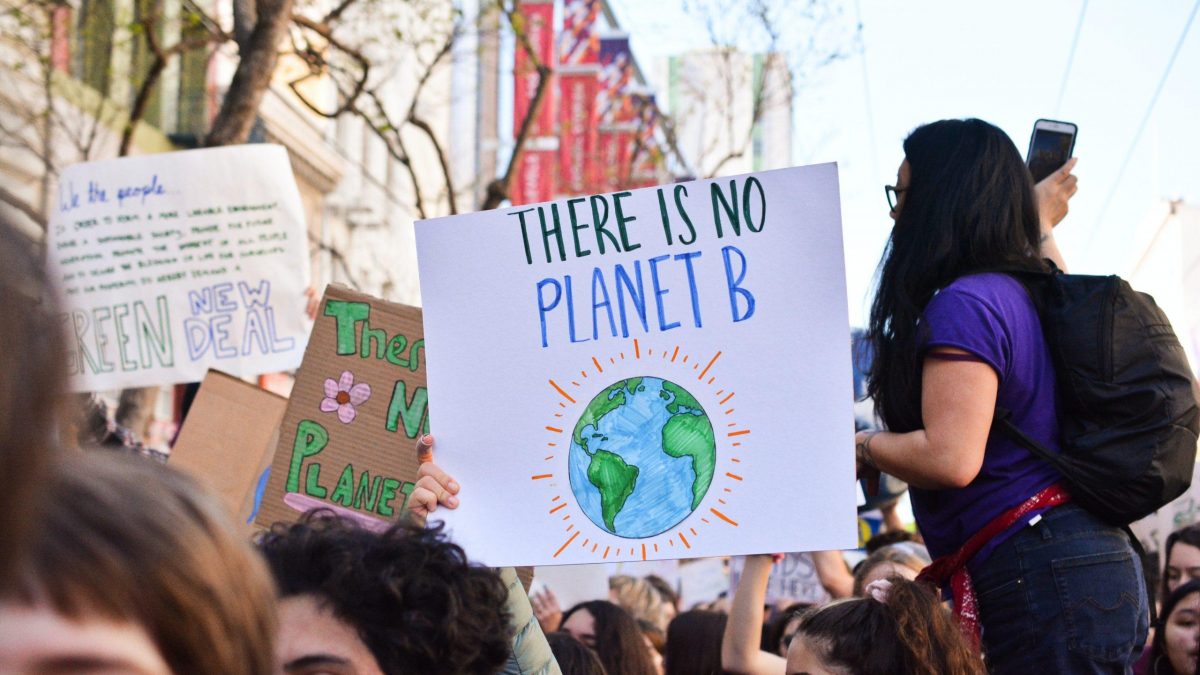By Ashley Byrne
At the recent Together|Ensemble 2022, Canada’s national conference devoted to tracking progress on the UN Sustainable Development Goals (SDGs), attendees, myself included, applauded Canadian universities’ progress towards the SDGs. After all, it isn’t hard to laud Canada’s higher education sector when SDG 4, Quality Education, is the only one of the 17 SDGs that has been designated as “achieved” by Canada.
However, perhaps it would be more appropriate to hold our applause for academe until the end of the show—2030 and beyond. This is because universities have the responsibility and the capacity to contribute to the achievement of all 17 of the SDGs. Yet Canada is not on track to achieve most of them by the 2030 target.
As a PhD student studying how university governance practices, such as institutional strategic planning, play in the transition toward sustainable universities, I was thrilled to see the space that the higher education system was given at Together|Ensemble 2022. Panelists throughout the three-day event stressed the accessibility of colleges and universities in Canada, the need to leverage this accessibility to achieve the SDGs, the importance of developing student competencies and research for sustainability, the usefulness of tracking sustainability indicators, and more – with many of the universities represented already raking highly on sustainability assessments like STARS and THE Impact Rankings.
But for all this progress at Canada’s universities, is it enough?
Today’s youth fighting for climate action know that in order to avoid catastrophic damage to our planet and all life on it, drastic action must be taken now to transition toward a society founded upon sustainable development. The paradigm shift required to facilitate these drastic actions at the university level requires unfaltering support and quick response from all levels of governance in these institutions.
Yet red tape and loosely-coupled systems makes any change slow to achieve. Studies have found that even the most motivated sustainability change agents can face overwhelming bureaucratic barriers to transformational ideas.
Yet, as was highlighted at the conference by student activists like ReImagine17’s Anjali Mishra, students have the ability to influence university decision-making. Youth are also incredibly resourceful and driven to take action for the SDGs, as we saw with the Canada SDG Youth Awards recipients.
If your university offers participatory processes for their decision-making, or if your campus has an SDG Students Program Hub or other association related to sustainable development, I strongly encourage you to get involved.
A flood of student voices demanding change can provide the pressure needed to get novel, radical ideas through a university’s institutional red tape.
One observation from the Together Ensemble conference that stands out for with me is that many universities, using the SDGs as a guiding framework, are now speaking the same language. This, in turn, both promotes cross-institutional cooperation and improves comparability for benchmarking. Beyond that, using the SDGs as a framework means universities are now obligating themselves to address previous blind-spots which can be identified by mapping their current activities in relation to the SDGs
I’m optimistic that the full potential of Canadian universities in steering Canada toward the achievement of the 2030 Agenda can be realized, so long as SDG 17, Partnership for the goals, is a shared priority. Then, I hope, we can all applaud, together.
 About the Author
About the Author
Ashley Byrne is the SDSN Youth SDG Students Program coordinator at Université Laval where she is completing a PhD in educational administration and policy with a focus on sustainability governance in higher education.

